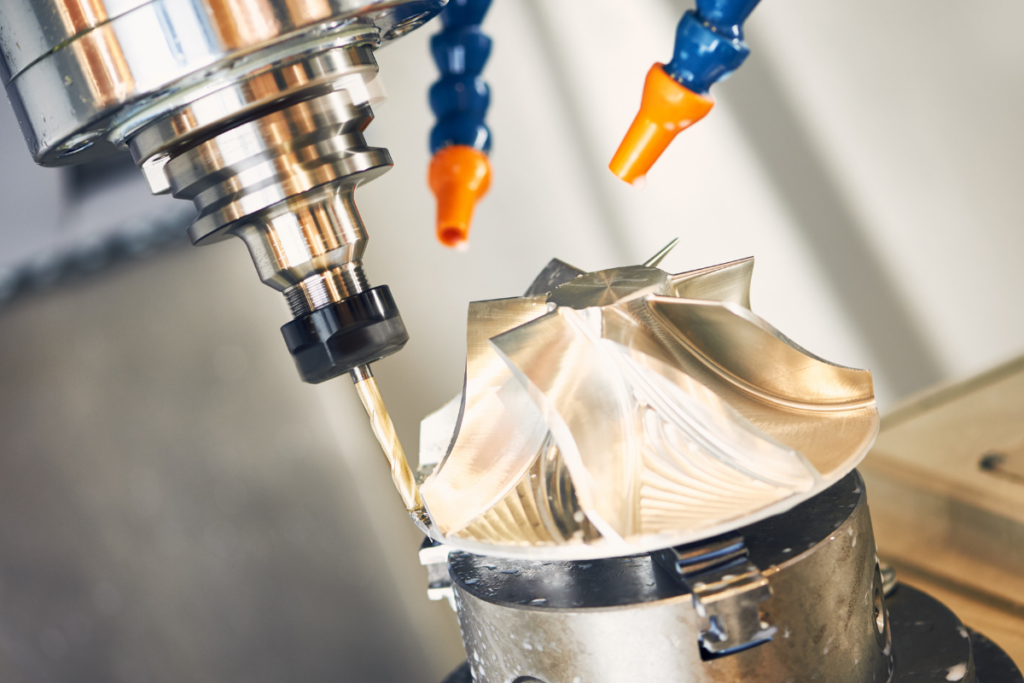Quality is non-negotiable in precision machining to ensure your projects perform as safely and efficiently as possible. A critical factor in maintaining high quality in machined and fabricated metal parts and components is tolerance.
Product manufacturers pay close attention to the tolerance level of the precision machined parts that go into their products, and have become much more stringent in their expectations in an ever-competitive marketplace. Although there have been significant advancements in fabrication technology, such as TIG welding and waterjet cutting, achieving tight tolerances can still be a challenge for many precision machine shops.
At Kenona Industries, we constantly strive to achieve the tightest tolerances in our precision-machined parts to ensure a proper fit into the final product, no matter how complex or intricate the design might be. We understand how essential tolerances are in the success of your projects, and in this blog, we aim to demystify the critical role tolerances play in precision machining.
What Are Tolerances In Precision Machining?
Tolerance is a term describing how much a fabricated part can deviate from its design specification. This is critical as it affects how all the individual pieces fit together, as well as the accuracy of the finished project as a whole.
These variations can apply to several aspects of the part, including linear tolerances, such as length, width, or thickness, and geometric tolerances that affect shape, including flatness, roundness, and perpendicularity.
Different tolerances are set for each part but are especially small when dealing with parts that demand extreme precision. Wider tolerances are usually allowed for non-essential features of a finished project. They also don’t require the amount of precision of tighter tolerances, allowing for lower-cost production techniques. Conversely, tighter tolerances take longer to produce due to the fabrication methods used to meet the part’s requirements.
Many manufacturers employ a strategy focusing on critical tolerances that impact part function and assembly and allow more flexibility in non-critical areas. This approach opens up opportunities to optimize manufacturing costs.
What Types Of Precision Machine Tolerances Are There?
In precision machining, there are generally three main types of tolerances:
Limit tolerances: Two-dimensional values that specify the acceptable range of a dimension
Unilateral tolerances: Permitting only one direction of variation from the specified dimension
Bilateral tolerances: Ensuring that the upper and lower limits deviate from the base dimension are symmetrical
Tolerances are noted in the design by numeric call-outs logged beside the dimension to which it applies. This system is called Geometric Dimensioning and Tolerancing (GD&T). Unlike standard dimensioning and tolerancing (SD&T), which provides the dimension and tolerance of a part, GD&T goes much further to detail geometric characteristics such as flatness, position, and concentricity.
Read More: Our Capabilities
The Impact Tolerances Have On The Fabrication Process
Tolerance specifications directly influence many aspects of the fabrication process, as each has individual limitations on the tolerance level it can achieve.
For example, tight tolerances may require the use of high-tech precision technology such as CNC machining. Looser tolerances allow manufacturers to leverage a wider assortment of fabrication techniques, such as stamping or plasma cutting, that aren’t as precise but are much more economical than CNC machining.
However, CNC technology also comes at a premium, as complex parts with tight tolerances often require careful programming, tool calibration, custom tooling, additional finishing processes such as grinding or polishing, and meticulous quality control measures. This attention to detail will also increase production time, but the tolerances CNC machining can achieve are well worth the time and cost investment for many manufacturers.
Another consideration for fabricators is the material that supports the required tolerance levels. Steel is often the material of choice for tight tolerances, as softer materials, such as aluminum, might experience more variation due to heat or deformation during the fabrication process.
Determining the right level of tolerance for your parts and equipment is a complex process that can affect the performance and costs of your project. Be sure to consult with an experienced precision-machined parts supplier to get the optimum results your project deserves.
Read More: The Impact Of Cutting Edge Tools On Precision Machining
Kenona Industries: Expert Guidance In Determining The Proper Tolerances For Your Precision Machining Project
Since 1988, Kenona Industries/Arrow Automotive has followed a tradition of integrating the latest technology in our machining cells with speed and agility, enabling us to fabricate high-volume, precision-made components for gas-powered and electric vehicle components. We’re now a world-class, high-quality automotive components supplier of these components to leading automotive OEMs and Tier 1, 2, and 3 suppliers.
Our experience means we can help you determine where tolerances should be tight and where they can be loosened without sacrificing product quality, aesthetics, or performance. This approach also helps optimize costs so you’re getting maximum value out of your investment.
When you need quality precision machined parts and components, call Kenona Industries first.
Contact Kenona Industries For A Quote On Your Next Design And Fabrication Project
Kenona Industries is a world-class high-volume, precision-made automotive components supplier to leading automotive manufacturers. Discover everything that sets us apart by requesting a quote for your next project today!
